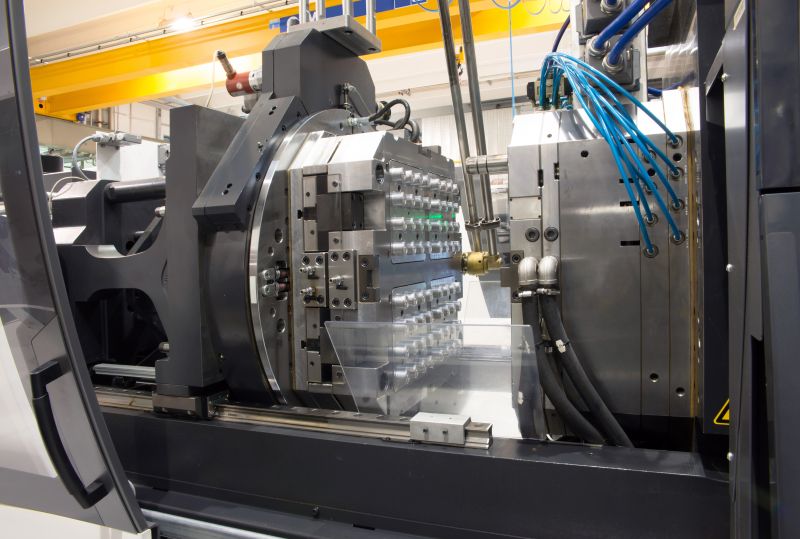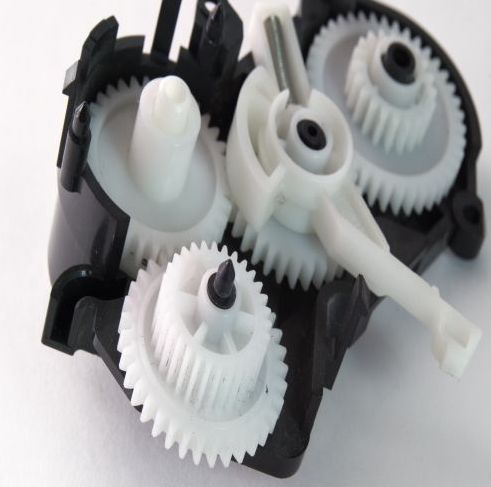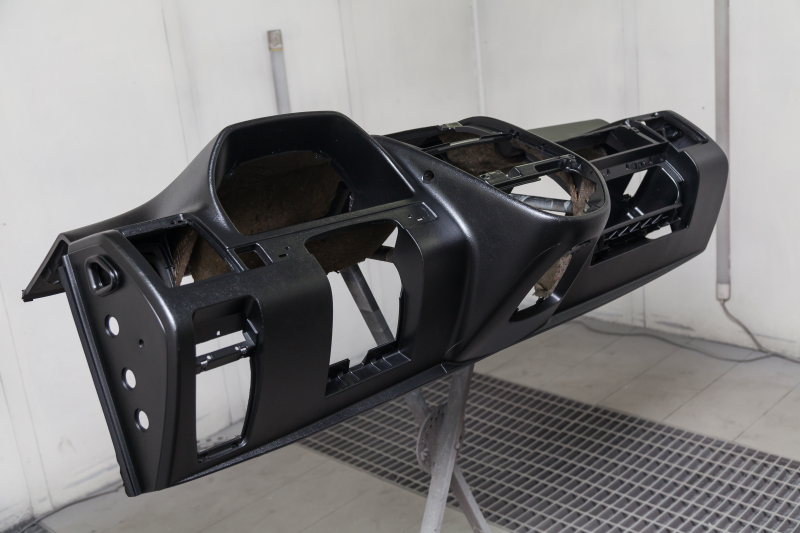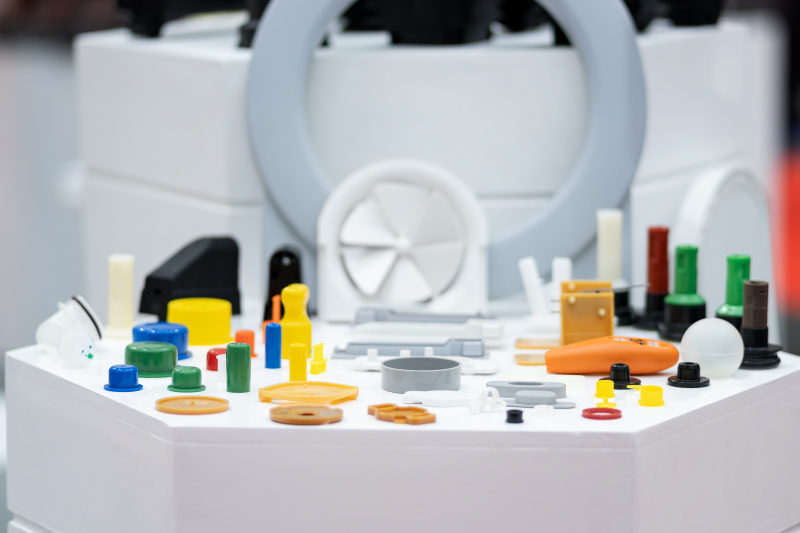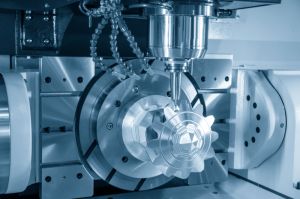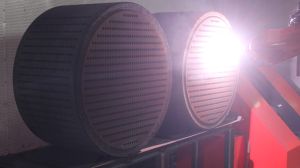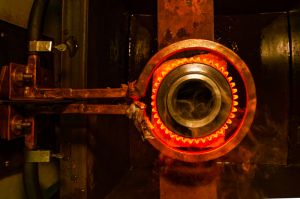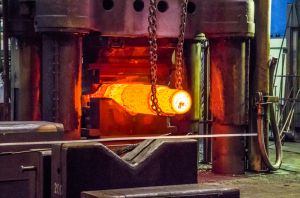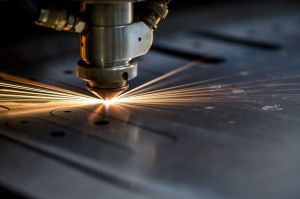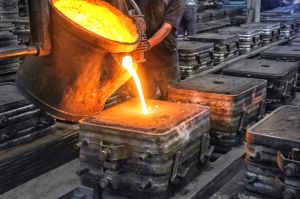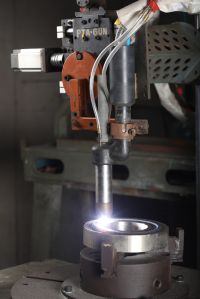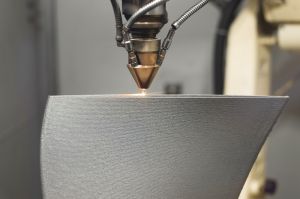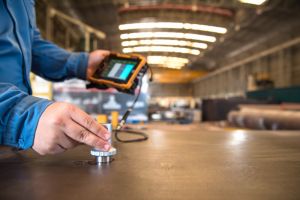- View Mobile Number
info@innowerx.com
-
Process Overview – Injection molding is a manufacturing process in which molten plastic is injected into a mold which is made up of steel or aluminum. Principally it is like a die casting process used for making metal parts. The semi-molten plastic is injected into a feeding system and traversed to the mold before passing through feed, transition, and metering section. The Injection molding process cycle consist of six main stages :
-
Closing of mold – When the mold is closed the injection molding cycle timer begins
-
Injection - Heated plastic is injected into the mould. As the melt enters the mould, the displaced air escapes through vents in the injection pins and along the parting line. A good runner, gate and vent design are important to ensure the mould is properly filled.
-
Cooling - Once the mould is filled the part is allowed to cool for the exact amount of time needed to harden the material. Cooling time is dependent on the type of resin used and the thickness of the part.
-
Plasticizing the resin - While the part cools, the barrel screw retracts and draws new plastic resin into the barrel from the material hopper. The heater bands maintain the needed barrel temperature for the type of resin being used.
-
Ejection - The mould opens, and the ejector rod moves the ejector pins forward. The part falls and is captured in a bin located below the mould.
-
Removing the runner – Runners and gates are removed from the original part. Runners are also ground and recycled to reduce costs and environmental impact.
-
-
Capabilities
-
Integrated sequential manufacturing process under one roof i.e., Simulation -> Tool designing and manufacturing -> Prototype -> Mass production
-
Tool room equipped with VMC’s and CNC’s for manufacturing of die and molds
-
Prototype to high volume production of up to millions of parts per year based on part configuration
-
Manufacturing of parts wide variety of materials such as ABS, LDPE, HDPE, Nylon, PC etc.
-
Manufacturing of molds for up to 3000 Ton molding machine
-
Provide different type of finish to molded part based on customer requirement
-
CMM inspection for part validation and approval
-
In-house lab tests carried out for raw material verification at production site, certified to international standards
-
Defect analysis of plastic molded parts as per international standards
-
Customer appointed third party inspection and verification allowed
-
Manufacturing facility certified to IATF 16949 and ISO 13485 Quality Management System
-
Implementation of Lean Six Sigma tools for better quality control, process control, part traceability and documentation
-
Industry 4.0 integrated manufacturing facilities
-
-
Application and Benefits
-
Injection molded parts have vast application in consumer and commercial products which are used by us in our daily lives. Few commonly known parts include :
-
Automotive parts – Dashboards, bumpers, grills
-
Electronic components – Connectors, enclosures, protective sleeving
-
Medical devices – Syringes, valves, dishes
-
Consumer plastics – Mobile covers, bottles, toys
-
Furniture – Seat covers, cushions, chairs
-
-
Few important benefits of plastic injection molding are :
-
Highly efficient mass production
-
Low production cost
-
Manufacturing of complex and intricate parts
-
Enhanced material strength
-
Flexibility of material and color selection
-
Reduced material wastage
-
-

